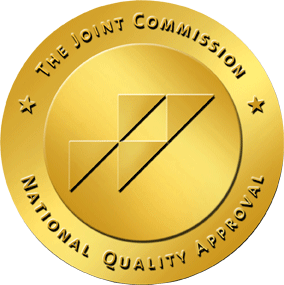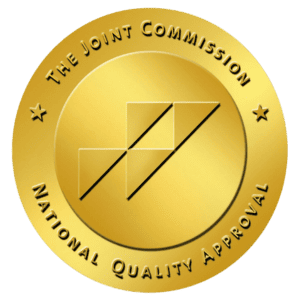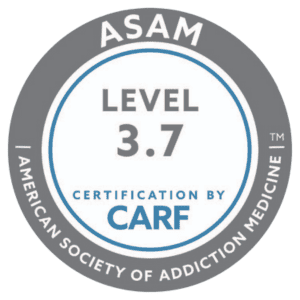The recent opioid crisis in America has led to lots of attention on more effective forms of treatment for addiction. The recent rise in popularity of medication-assisted treatment (MAT) using methadone, buprenorphine, and naltrexone has been among the most talked-about forms of treatment for opioid addiction. However, what’s the difference between these medications and how are they used most effectively?
Naloxone and Naltrexone
Naloxone and naltrexone are both opioid antagonists that work to block the effects of opioids in the brain, but they have different uses. Naloxone is a short-acting drug that acts immediately to reverse the effects of opioid overdose. Naloxone is available to households, businesses, and medical facilities especially in American communities that have been hardest hit by the opioid epidemic. Naloxone works by binding to the opioid receptors in the brain, kicking out any existing opioids. This causes an immediate opioids withdrawal, which may be life-saving for someone who is overdosing on heroin or other opioid painkillers.Naltrexone
Naltrexone is also an opioid antagonist that binds to the opioid receptors in the same way. The only notable difference is that naltrexone lasts longer than naloxone. Whereas naloxone is used primarily for the emergency treatment of an acute opioid overdose, naltrexone is used a long-term treatment after opioid detox. Marketed under the brand names of Vivitrol® and ReVia®, naltrexone helps prevent alcohol and opioid relapses by diminishing the enjoyment of using these substances. Naltrexone does not reduce the impairment effects of alcohol, but it does block the “buzz” that encourages more drinking. Naltrexone also does not stop nor reduce the intoxicating effects of alcohol on coordination, response time, and other physical impairments. It also does not cause a severe physical response to drinking, so you will not get sick if you drink while taking naltrexone. For individuals in recovery from opioid addiction, naltrexone is a long-term medication that helps maintain abstinence by reducing cravings. Naltrexone also works by binding to the opioid receptors in the brain, thereby blocking the euphoric and analgesic effects of opioids like heroin and narcotic painkillers. Naltrexone works very similarly for opioid addicts as it does for alcoholics, namely in the way it helps to reduce cravings and blocks the pleasurable effects of each substance. Naltrexone is not a narcotic medication, and it is not addictive, but it may cause some side effects like:- nausea and vomiting
- dizziness
- muscle cramps
- insomnia
- bruising, tenderness, or swelling at injection site (injectable forms of naltrexone)
Buprenorphine
Buprenorphine was developed as an improvement to methadone, as it has added safety measures that set it apart from the full opioid agonist formulation. Buprenorphine, like methadone, is a long-lasting fully synthetic opioid that has a half-life of 24 to 60 hours. The most significant characteristic of buprenorphine is that it is a not a full opioid agonist like methadone. Buprenorphine is a partial agonist because it:- fully binds to opioid receptors in the brain, blocking all other opioids from affecting
- has a ceiling in its effects, limiting the degree to which a user can feel euphoria and other effects of opioids
- buprenorphine is an opioid that binds strongly to opioid receptors, thereby eliminating withdrawal symptoms
- since buprenorphine binds to opioid receptors, addicts do not experience cravings for opioids during the detox process
- as the body expels problem opioids during detox, buprenorphine doses are adjusted to address the severity of withdrawal symptoms, then reduced as the detox nears conclusion
Maintenance Or Abstinence
When it comes to your recovery from opioid addiction, there are many options available, but all options fall under one of two paths;- Abstinence options can include naltrexone or not, and may involve various types of addiction treatment ranging from short-term to long-term, counseling or outpatient to residential or inpatient treatment
- Maintenance options include MAT using buprenorphine or methadone
vogue-staff
Latest posts by vogue-staff (see all)
- Mixing Adderall and Alcohol: What Can Happen? - December 22, 2022
- 15 Signs of a High-Functioning Alcoholic - November 24, 2022














